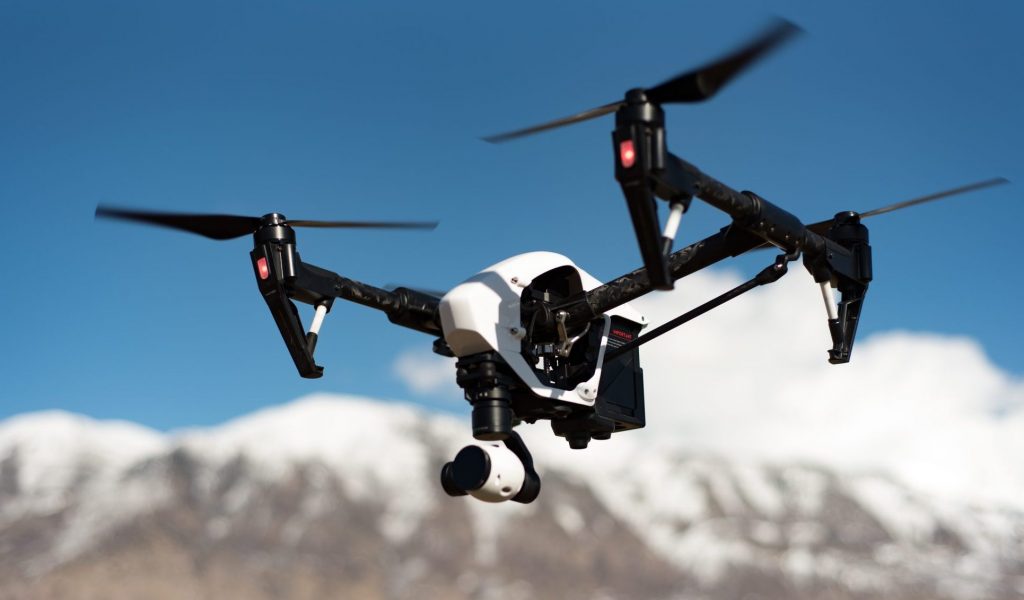There is ample reason to be worried over the use of weaponised drones for cross-border terrorist activities after the first ever drone attack by suspected terrorists in Jammu. This sort of a serious drone attack might surprise many in India. However, for the rest of the world, warfare based on drones or unmanned flights have become commonplace for more than a decade. Countries like the US and China have a 24/7 fleet of drones controlled by people sitting thousands of kilometres away. During the peak pandemic time in 2020, drones were used in the UK for delivering physical mail and other goods. The multiple usage of drones cannot be ignored because they are the weapons of the future. Take for example the attack on the Saudi Arabian Aramco refinery by Yemeni Houthi rebels in March 2020. Six bomb-laden drones could cripple the refinery for months, thereby impairing oil exports by the richest kingdom of the world.
Explosives carried by drones were dropped into the Indian Air Force station at Jammu airport June 26-27. The fact that the two aerial strikes in the gap of a few minutes missed the ‘target’ or caused minor damage is no cause for comfort or complacency. The terrorists could have been testing India’s counter-drone capabilities. If that be so, the drone attacks open a new and alarming chapter in the history of cross-border terrorism in India’s north-western frontier. For, the operators could merrily achieve their mission of breaking through the security cordon, violate India’s airspace undetected and return to safety leaving no evidence of the actors perpetrating the terrorist acts. Drones will be able to re-enact many 26/11s without leaving trace of a Kasab. It will also be difficult to blame any neighbouring country since proof to back such a claim may not be available. Unlike the previous ‘handlers’ who operated from Pakistan, today’s drone technicians could be sitting in a cafe with a command module anywhere in the world.
The timing of the attack is intriguing. It occurred two days after the Prime Minister held the first ever meeting with 14 leaders of political parties of J&K in a supposed attempt to restart the democratic process and find a political solution to the Kashmir tangle. This drone attack could be construed as a warning to the government of India. Highlighting the weaknesses of the armed forces might be a strategy of interests inimical to India. The drone attacks have also given a lie to the government’s claim that the abrogation of Article 370 would bring down terrorism. Now it is no more limited to just across the border. This should compel India’s military strategists to reassess the threat perception to the country. Excessive dependence on conventional fighting capabilities may actually be hampering the defence forces. While much talk is being heard about the present government strengthening the military, this one single drone attack on the IAF base has burst the bubble of security that was being fed to the countrymen.
Latest reports suggest the terrorists seem to have been so emboldened by the success of their adventure that they operated drones again during the early hours of June 29. The flying machines were reportedly spotted thrice at Ratnuchak-Kunjawani area – first around 1:08 am at Ratnuchak and then at 3:09 am and 4:19 am near Kunjawani. Reports say, the area was immediately cordoned off but it is difficult to understand how cordoning off an area on the ground would help to dissuade drones from attacking.
On the intervening night of June 26-27, two explosive devices were airdropped through drones at the Air Force Station, injuring two persons and damaging the roof of a building. The drone activity over defence installations in areas on the outskirts of Jammu city should not surprise anyone. The government appears to have been so rattled that the Special Secretary (Internal Security), Ministry of Home Affairs, VSK Kaumudi said at a UN General Assembly conference June 28 that “another add-on” to “existing worries” is the use of drones. This shows how dated are India’s defence strategies.
He was at pains to explain to the global forum that the low-cost and easy availability of the drones make the “aerial platforms” handy weapons for terrorist groups to carry out tasks such as intelligence collection, weapon and explosives delivery and targeted attacks. The government’s complaints about “misuse” of information and communication technology such as internet and social media for terrorist propaganda and abuse of new payment methods and crowdfunding platforms for financing terrorism now sound pathetic. It should have been aware of these tools at the disposal of terrorists before claiming reorganisation of J&K would eliminate terrorist activities and destroy terror network.

